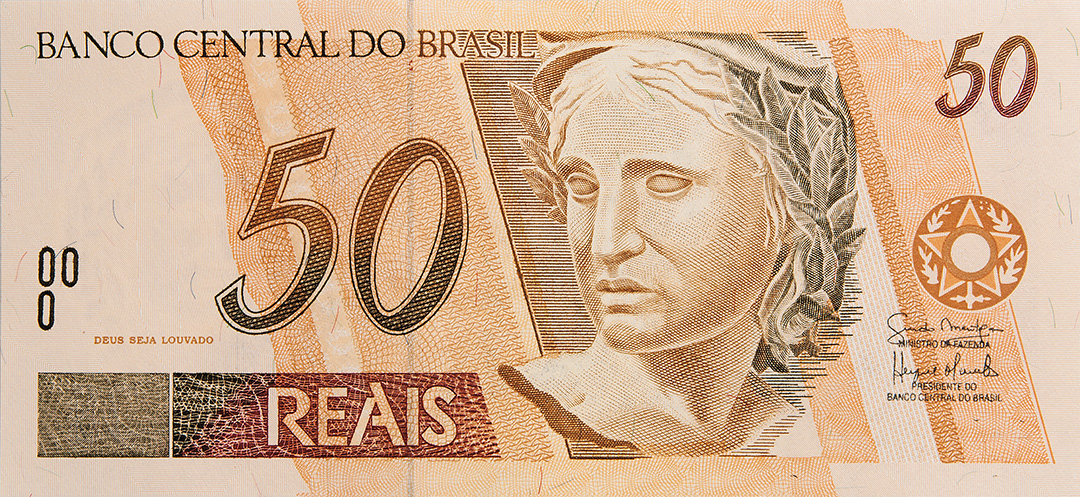Brazil’s Real is among the currencies that increased the most since the pandemic, with a 2.77% decrease against USD.
That’s according to new research from the experts at City Index, who have analysed countries with the highest GDP and local currency strength against the USD to highlight which currencies have shown the largest growth following the economic disruption caused by the Covid-19 pandemic.
The research looked into the latest data available from IMF.org to rank the 50 largest world economies in terms of GDP growth, and then analysed the currency recovery of the top 28 [1] economies by tracking United Nations data on operational exchange rates against USD.
Mexico’s currency strength has increased by 19.72% post Covid. With an impressive increase in GDP of $573 billionfrom 2020 to 2023, and larger capital investment from the US and China, the peso has managed to strengthen its currency by almost 20% post Covid. Furthermore, its currency strength can be associated with a tighter monetary policy and expectations to grow at a faster rate than fellow Latin American countries. Pair this with cautious fiscal policies which differed from the majority of emerging economies, it is clear to see why the peso has become so strong.
Singapore’s currency strength places second in the data set, increasing by 3.33% since the pandemic. Currency strength can be affected by the overall economic health of a country, for example, factors such as GDP growth (in which Singapore increased by $167 billion from 2020-2023). In addition, low inflation and high interest rates made its currency more attractive to investors, which led to an increase in demand for the Singapore dollar. In 2023, 1.34 SGDis equal to 1 USD, compared to 1.38 SGD in 2020.
In third place is Brazil’s real, which has increased its strength by 2.77% post Covid. The recent strength in currency and equity inflows is partially down to the rise in the price of industrial metals and agricultural products, contributing to a $605 billion increase in GDP between 2020 and 2023, which is $32 billion more than Mexico in first place.
The experts from City Index comment:
“Now, in 2023, the UK is bouncing back and has a GDP of $3,159 billion, a 17% increase from 2020. However, the UK’s economy is being held back by government spending and the effects of high energy prices due to larger shares of energy from natural gas. This ultimately has resulted in a stronger cost-of-living crisis in the UK, compared to other countries.
The data on currency strength against the USD also highlights that in the subsequent years, the UK economy is showing signs of upwards momentum. While not seeing a growth in currency strength as in countries such as Mexico (19.72%), Singapore (3.33%) and Brazil (2.77%), the decrease of 3.92% in UK currency strength can easily be improved over the next year. This is especially heartening to see when compared to economies such as Japan, who saw their currency strength decrease massively against the USD in the same timeframe.”

Leave a Reply